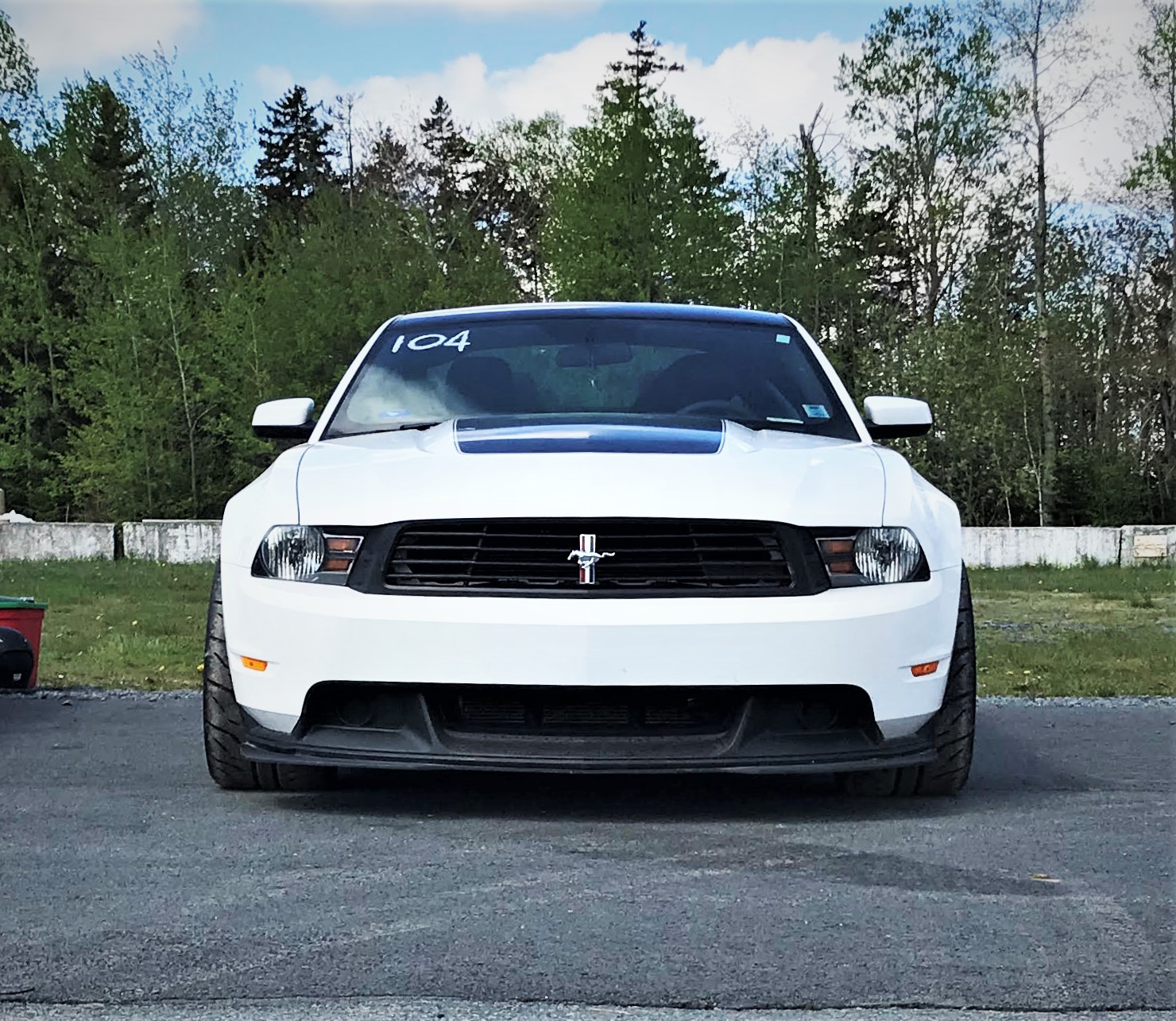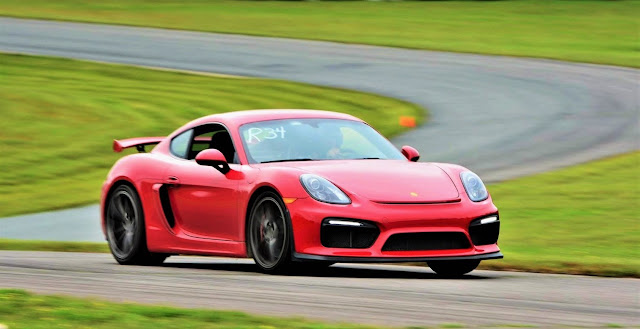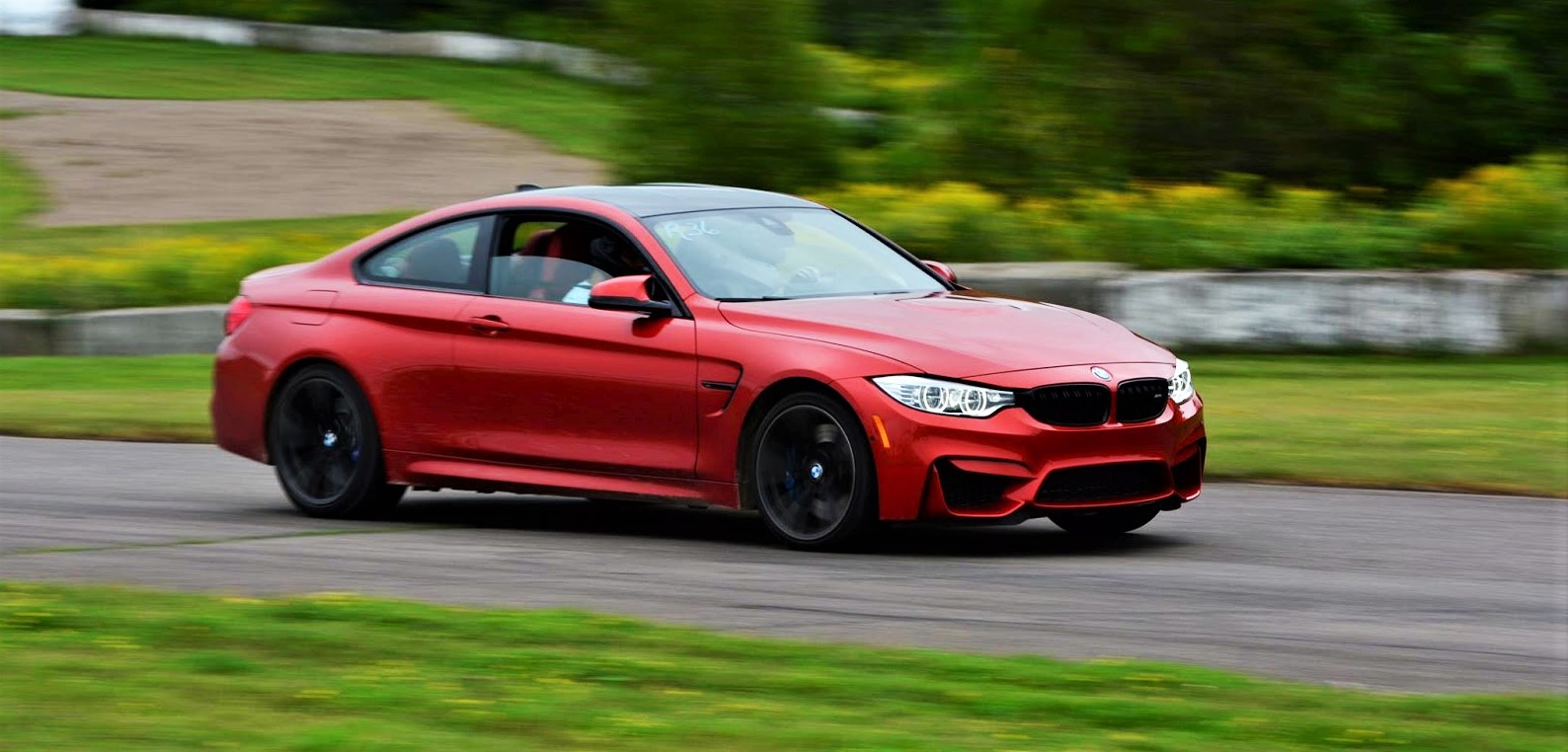Unlike the new 2019 3-series that was officially revealed by BMW , the anticipated 2020 Porsche 992 (911) has not been officially revealed yet. But that doesn't mean a lot about it isn't known already. In a recent prototype drive by Car and Driver, Porsche discussed a lot of the changes. This update is very important in my opinion because the next 911 may have its work cut out for it judging by what we know about the upcoming mid-engine Corvette . The 911 vs Corvette rivalry is nothing new, spanning decades. While there has been very significant and revolutionary changes to the 911 - including switching from air-cooled to water-cooled engines, losing hydraulic power steering, and recently an all turbocharged lineup (short of the GT3) - none have been as revolutionary as the Corvette's planned change to switch from front engine to mid engine layout. So what is the next 911 coming going to be armed with? There are a bunch of changes, although most are just incremental bu
I've been a huge fan of Michelin PSS tires and exclusively bought them for the Mustang over the last four years. So how did I end up here? This year, I was hugely interested in trying an "R-comp" tire. I had my eyes set on Bridgestone Potenza RE-71R's for two simple reasons: price and reputation. Although not a true "R-comp" tire on paper, it performs like one by the account of every single test and review I've read (down to wear rates...). They seem like they're easily the most affordable (from a big brand) R-comp tire and combine that with a reputation for having tons of grip, it was an easy top contender. I had my concerns, though. For one, I'm told and have read that they are an autox tire, not really designed for high speed, pressure, and temps associated with open track. For another, the Mustang is a heavy car (as far as track cars are concerned) being roughly 3,800 lb. (including driver), which will amplify the unwanted open track load










